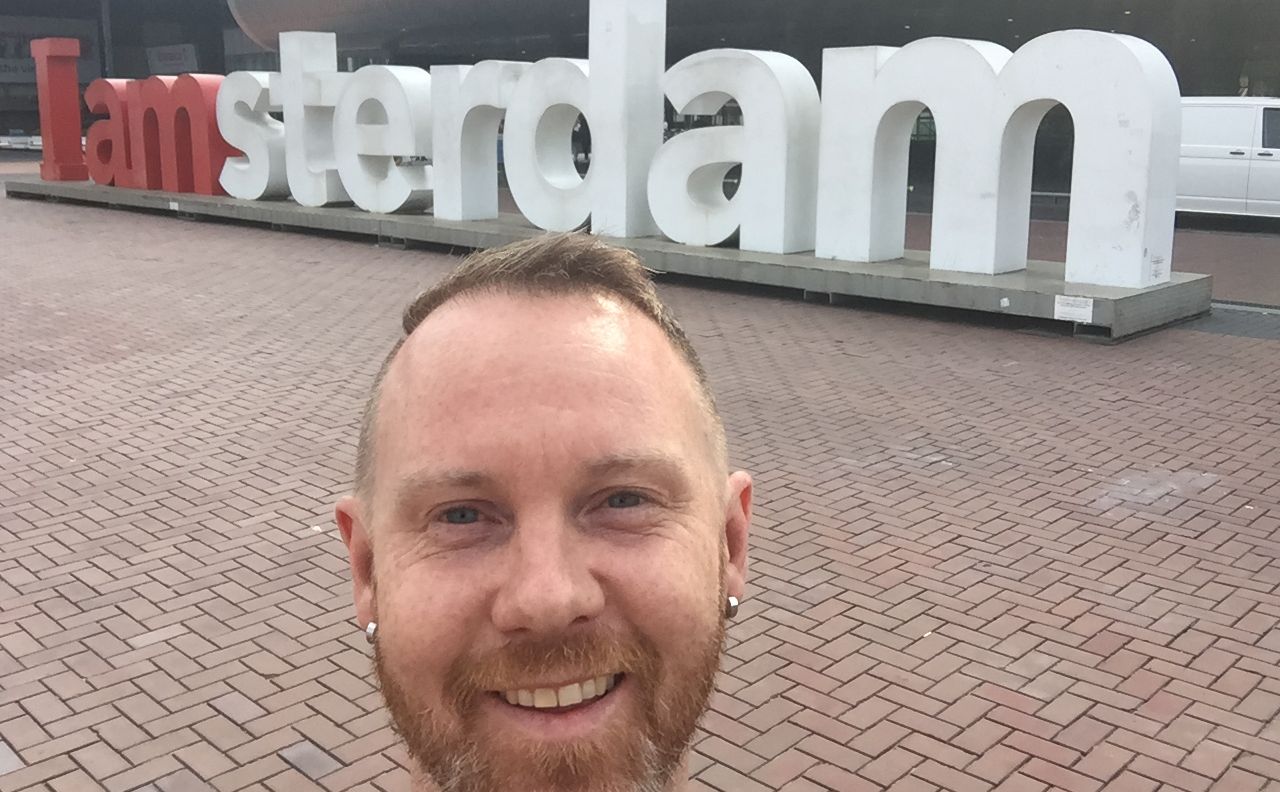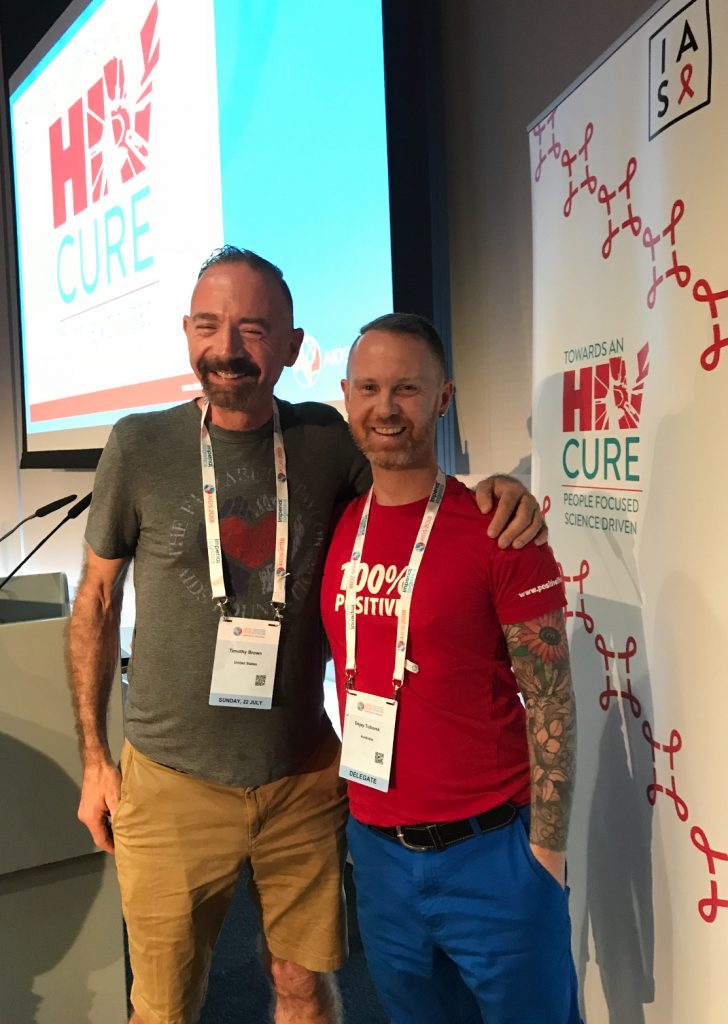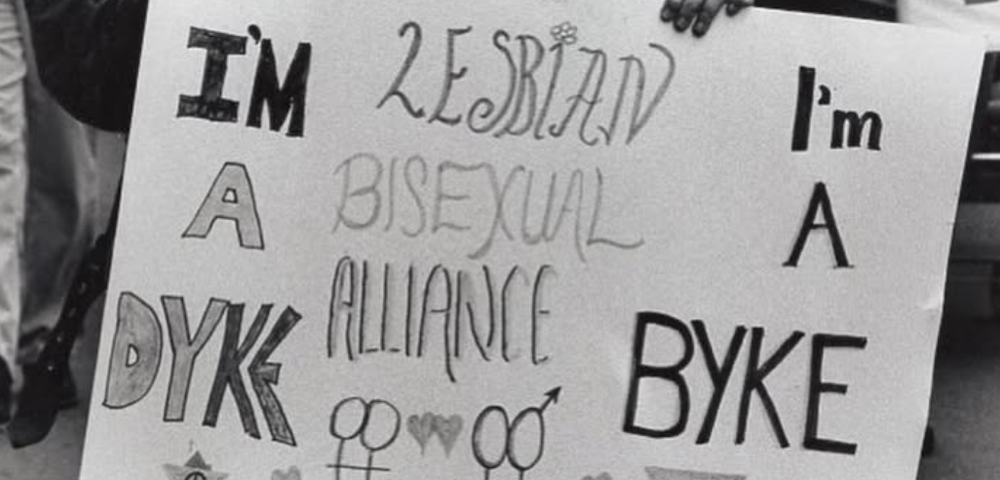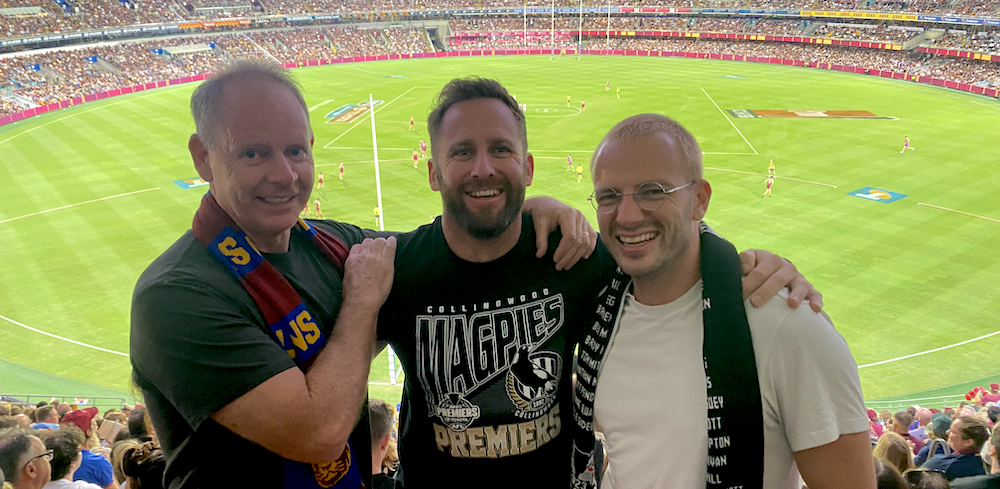
Bridging research and the lived experience of HIV to find a cure: AIDS Conference 2018

Today was the first of two pre-AIDS conference days at the RAI Conference Centre in Amsterdam, before the official start of the 22nd International AIDS Conference—AIDS 2018.
‘HIV cure research with the community’ was the theme of the session I went to, conducted as a workshop with some of the best and brightest HIV researchers and clinical scientists in the world.
In attendance was ‘The Berlin Patient’ Timothy Brown, who is the only person to have ever had the Human Immunodeficiency Virus (HIV) completely eradicated from his body.
With such an amazing list of speakers, what an inspiring first session to kick off the conference.
After short introductions and a broader discussion of current HIV cure research, we formed small groups to brainstorm the elements we thought would form a path to a cure for HIV. What were the driving aspects to a cure? What would a cure look like?
The responses from the researchers and clinicians related mainly to the technical aspects of creating a cure. For the people living with HIV (PLHIV) in the group, responses related to the effects of a cure on our daily lives.
Equality of access to treatments, affordable cures, and vaccines, as well as fewer trips to the doctors rated highly with PLHIV in the room, while the technical specifications and barriers, such as a bio-marker for what demonstrates a cure, or the methods to eliminating ‘viral reservoirs’, were the focus of the researchers.
This simple exercise at the start of the day highlighted the sometimes vast and varying perspectives and expectations that occur between researchers, clinicians, and those living with HIV, when discussing treatments and cures.
The need to combine these perspectives is crucial.
Indeed, the conference theme this year is ‘Breaking Barriers, Building Bridges’, and what better demonstration of this than to bridge both the research and the lived experience of HIV to end the epidemic.
While there was much said about the different methods to finding a cure, what I found most interesting was the suggestion that there may soon be more individuals already identified as having eradicated HIV from their bodies.
Certain studies containing hundreds of PLHIV showed a few rare instances of long lasting viral suppression, and therefore perhaps more ‘cures’, but it was too early to know for sure and no such declarations were ready to be made by those researchers in the room.
The timing of treatment commencement, a person’s immune system, and a number of other factors seem to be required to align for such cures to take place. While those stars don’t align for most PLHIV at this stage, it was very encouraging news.
Timothy Brown’s experience back in 2008 opened a range of HIV elimination possibilities that many researchers had never thought possible, and recent studies could very well be the catalysts to understanding the next steps in the pursuit of a cure for all.
It’s certainly very exciting to be here in Amsterdam.
Dejay Toborek has travelled to the 22nd International AIDS Conference on a combination of funding from the International AIDS Society (IAS), the National Association of People With HIV Australia (NAPWHA), and as an employee of Positive Life NSW.
The views, information, and opinions of the author are solely those of the individual and do not necessarily represent those of the organisations listed above.










